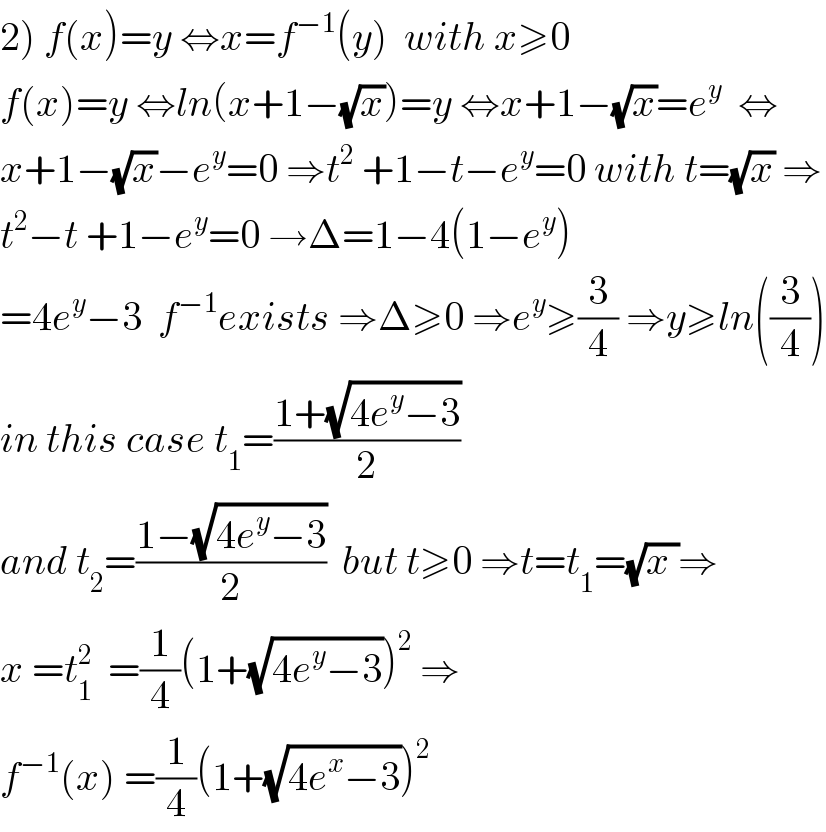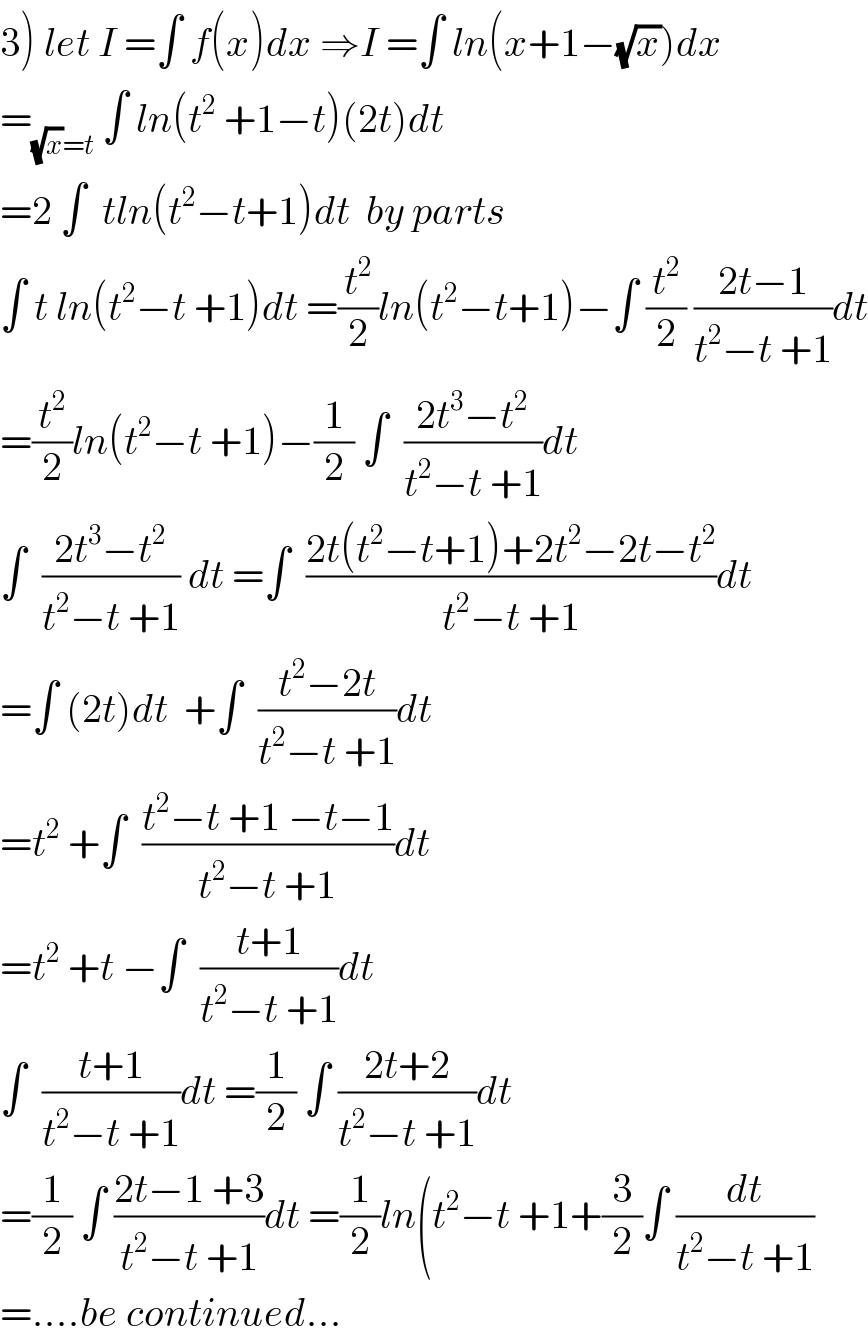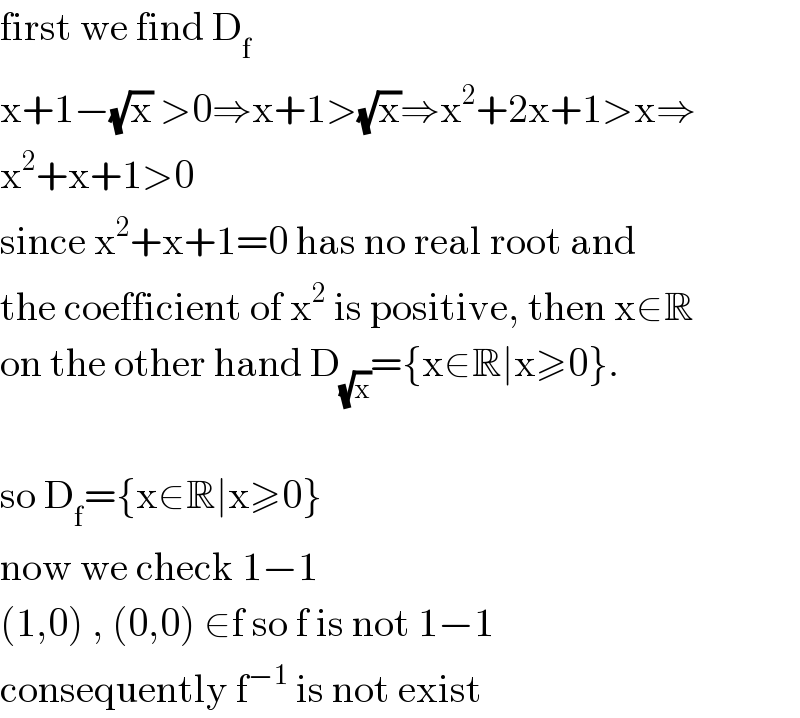
Question and Answers Forum
Question Number 53623 by turbo msup by abdo last updated on 24/Jan/19

Commented by Abdo msup. last updated on 25/Jan/19

Commented by Abdo msup. last updated on 25/Jan/19

Commented by Abdo msup. last updated on 25/Jan/19

Answered by kaivan.ahmadi last updated on 24/Jan/19

